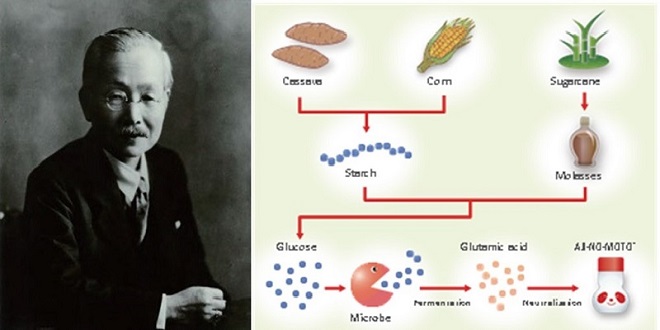
Humans have used fermentation for at least 10,000 years, primarily to preserve foods and to improve their taste. It’s a 100% natural process that is still used today to make a wide variety of foods including yogurt, kimchi, and soy sauce. And it also happens to be the secret behind producing MSG.

That’s a common example of spoiling. But, of course, milk can be turned into healthy, tasty food products such as cheese and yogurt. These are common examples of fermentation. Scientifically speaking, the cause of both spoiling and fermentation is the same: microorganisms.
Yogurt and cheese had been made for centuries, but nobody truly understood why milk could be turned into these food products.
It was Louis Pasteur, one of the greatest scientists of modern times, who demonstrated that living microorganisms—in milk, bacteria—caused the changes that occur in milk.
Yogurt and cheese are considered to be “fermented” not “spoiled,” because microorganisms are employed deliberately to create a beneficial change in the milk. Bacteria aren’t the only microorganisms used for fermentation.
The link between fermentation and MSG

In 1909, Dr. Kikunae Ikeda, the inventor of AJI-NO-MOTO®, isolated glutamic acid from kombu, which is a type of seaweed. He recognized that the taste of this substance was neither sweet, sour, salty, nor bitter, so he gave it a new name: “umami.” Dr. Ikeda’s discovery led to the development of MSG, which would bring “umami” to peoples’ tables as a food seasoning.

Producing MSG on a large scale was challenging, which is a problem faced by many great discoveries. For years, it produced MSG through the “extraction method,” which uses wheat protein extracted from gluten. But this process was inefficient, difficult to perform on a large scale, and hard to reproduce reliably in factories outside of Japan.





